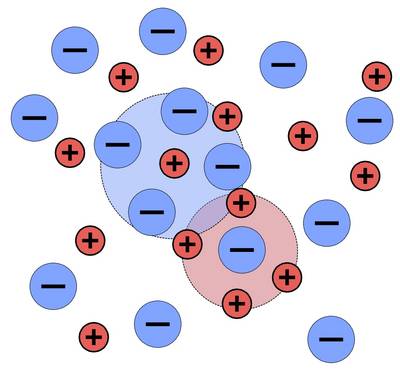Modelling electric Discharges/Arc with PIC methods

Christoph Kühn
The research on thermal electric arcjet thrusters has been the subject of several projects of the Thermofluid Dynamics division at ZARM ranging from experimental investigation to the numeric modeling. One challenging aspect in the modeling of these type of thrusters always has been the description of the arc, which is responsible for the heating of the propellant through the process of Joule heating. Fundamentally, electrons originating from the high current arc burning in the partly ionized propellant, collide with atoms and thereby increasing the thermal energy of the neutral species.
In previous modeling approaches based on differential equations of the propellant gas the electric power has been modeled using basic physical principles and empirically acquired data. For a general description of the converted electric power in the thruster a more detailed look at the arc is required. This is achieved by modeling the arc using kinetic methods more precisely with the help of the Particle-In-Cell method frequently used in plasma research. The kinetic description of gases is generally free of assumption and allows in the case of plasma for a more detailed look on plasma sheaths occurring in the vicinity of boundaries. These regions of non-equilibrium state in the plasma play an important role in the behavior of the electric arc. Therefore the goal of this project is the development of an numeric tool based on the Particle-In-Cell method which is fitted for the description of electric arcs as they occur in thermal electric arcjet thrusters. In addition insights into the electric arc’s behavior gained by this tool are ultimately intended to create an improved and more generalized model for the description of electric arcs in numeric approaches based differential equations.


 "
"